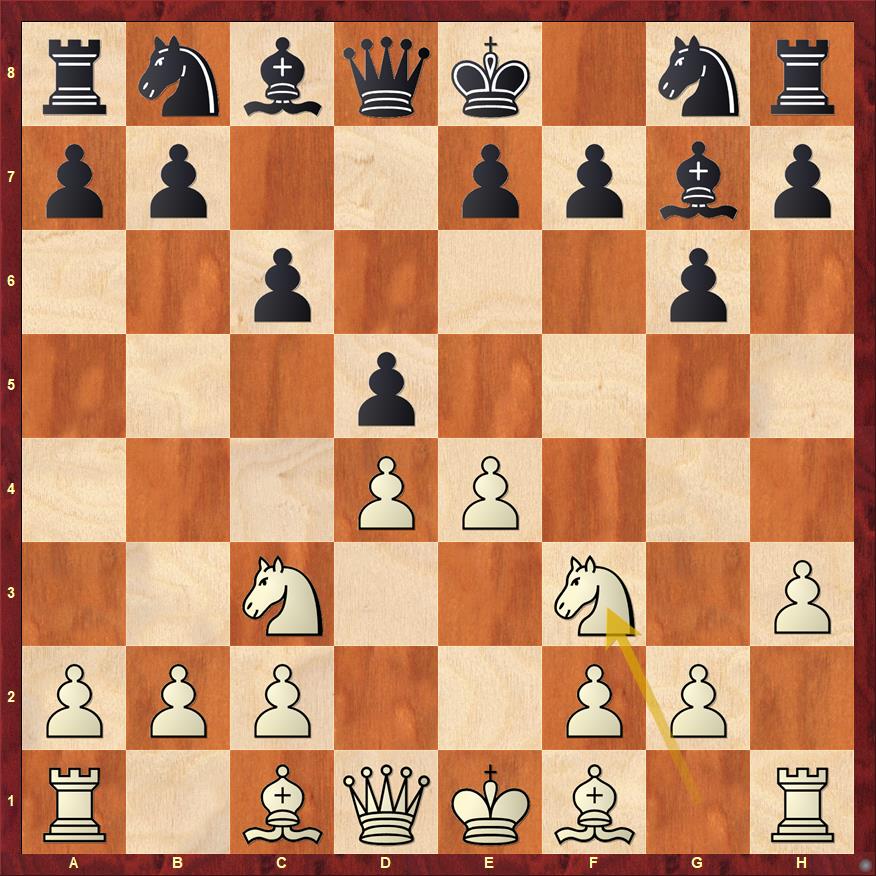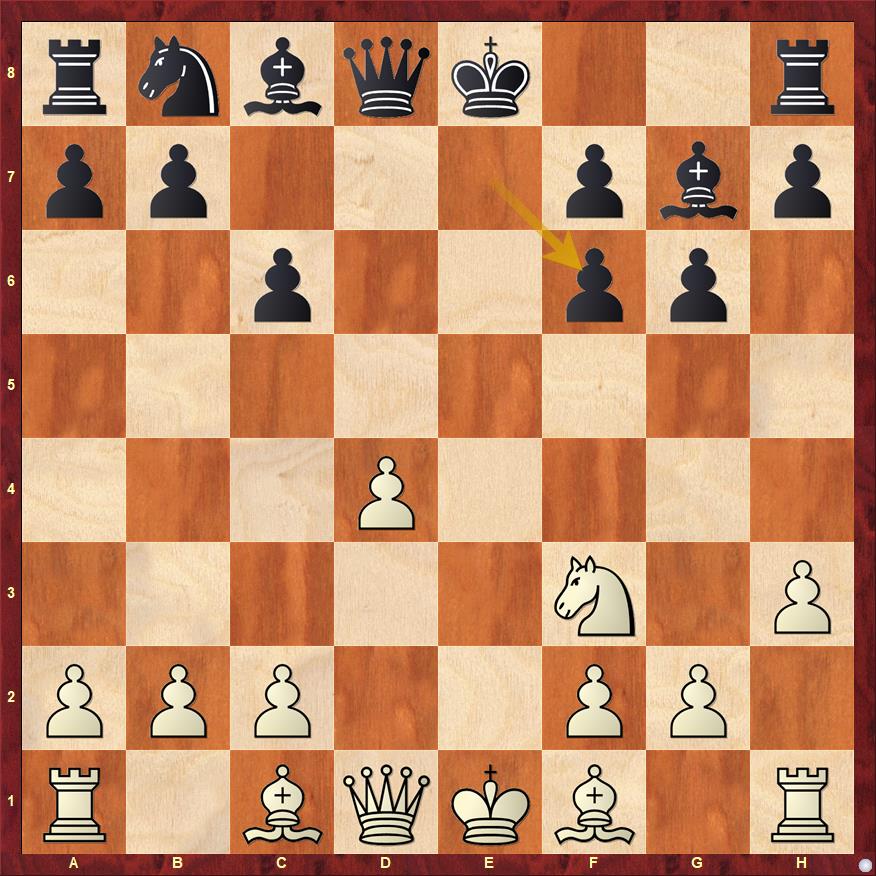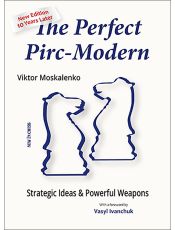Great fun with the Pirc-Modern
When you see the two names Viktor Moskalenko and Matthew Sadler together in one chess article, you know you’re in for a treat. These two strong grandmasters are also two of the most infectious chess authors around.
When I first got in contact with Viktor, it must have been in 2006, I knew he was a strong grandmaster and a former champion of Ukraine. When this renowned player told me he wanted to publish a book on the obscure (but Fabulous!) Budapest Gambit with New In Chess, I nearly fell off my chair. Its first edition appeared in 2007, it was a great success, and it was the start of a whole series of ‘Moska’ books that were stunning due to Viktor’s countless creative findings, the humorous way in which he presents them with a myriad of gadgets and surprising illustrations, and his all-encompassing enthusiasm. As Viktor puts it in the preface to his latest book, the updated The Perfect Pirc-Modern, ‘the path to success can only be found through creativity’.
Well, these books are not only inspirational for thousands of chess aficionados who got stimulated by Moskalenko to start playing the Pirc (or the French, or the Dutch, or even the Fabulous Buda, or with White the Trompowsky or the London), this new update of The Perfect Pirc-Modern also fired Matthew Sadler up to put a couple of mind-boggling Pirc ideas of his own on YouTube in recent weeks.
And Matthew also put some additional articles on his blog:
The Pirc: to …c6 or to …a6, that is the question.
A stunning Dragon idea against the Pirc! 5.Qd2!?
You can’t imagine a better example of cross-fertilization in chess!
Sadler’s review of The Perfect Pirc-Modern, the 2023 edition, will be published in the first issue of New In Chess in 2024. He writes:
‘Pirc aficionados get pretty excited when Viktor Moskalenko brings out a book on their opening and the apparition of the revised edition of “The Perfect Pirc-Modern” (New in Chess) 10 years on led to a lot of joy when I pointed it out during a video! And you can certainly understand why. Moskalenko isn’t always the most reliable of authors when it comes to engine games or correspondence games in certain lines, but he more than makes up for it with a stream of little ideas – highlighted in the text in his patented Batman-and-Robin-all-action fashion with coloured paragraphs and the word WEAPON, PUZZLE, KEEP IN MIND or PLAN! There are so many of these thoughts that you always come away with a Moskalenko book buzzing with possibilities.’
Super-grandmasters may perhaps consider the Pirc not entirely correct, as Sadler noticed in a recent conversation on his Twitter feed, but who knows how this will be when Magnus Carlsen (finally!) starts playing it? Anyway, the opening can be a lot of fun, certainly in Moska’s interpretations. Sadler illustrates his appreciation of this with the following example from a ‘slightly offbeat Modern move-order’:
'1.e4 g6 2.d4 Bg7 3.Nc3 c6
I used this Pirc-Modern move order a lot when I returned to chess, inspired by nothing more than nostalgic memories of when Julian Hodgson and David Norwood terrorised their opponents with it! It's great against the Austrian Attack: 4.f4 Qb6 5.Nf3 d5 is the point when 6.exd5 Bg4 is pretty decent for Black (considering you started with 1...g6!)
4.h3 d5 5.Nf3  is rather irritating however. I suffered quite badly as Black - struggling to create any interesting play at all - against Ivo Timmermans in a club match for Amersfoort and rather went off the line after that. However, Moskalenko suggests
is rather irritating however. I suffered quite badly as Black - struggling to create any interesting play at all - against Ivo Timmermans in a club match for Amersfoort and rather went off the line after that. However, Moskalenko suggests
5...dxe4 6.Nxe4 Nf6 7.Nxf6+ exf6!?  heading for a rather odd offshoot of the topical Caro-Kann line 1.e4 c6 2.d4 d5 3.Nc3 dxe4 4.Nxe4 Nf6 5.Nxf6+ exf6. It's not anything revolutionary but it's fresh and may give you some unexpected joy in playing a line you had problems with!’
heading for a rather odd offshoot of the topical Caro-Kann line 1.e4 c6 2.d4 d5 3.Nc3 dxe4 4.Nxe4 Nf6 5.Nxf6+ exf6. It's not anything revolutionary but it's fresh and may give you some unexpected joy in playing a line you had problems with!’
Yes, Moska has done it again, and if you want to spice up your repertoire with Black, it won’t do you any harm to check out his latest. Or, as Sadler puts it in New In Chess, ‘if you’re an addict, you can’t do without this book! 4 stars!’
